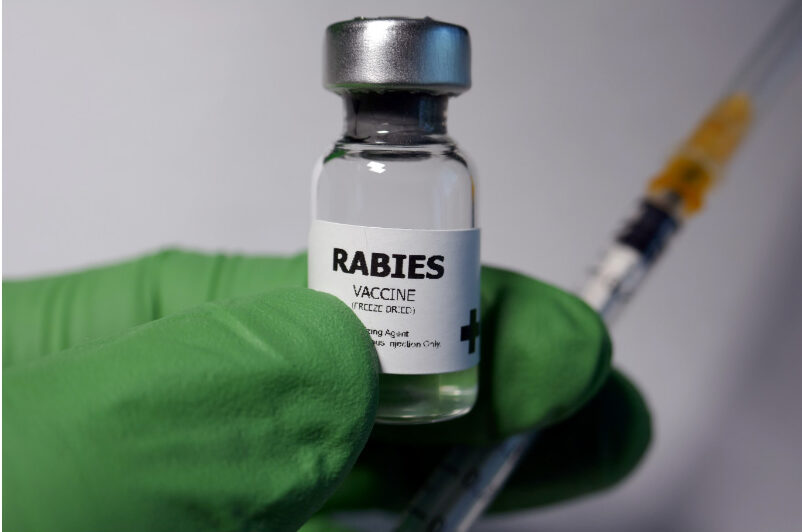Endocrine Glands: What Are They?

A gland is a group of cells that produces a hormone—for example, estrogen—that leaves the gland and affects other cells. There are several types of glands: endocrine, exocrine, autocrine, and paracrine.
Glands work like the nervous system—they coordinate activities throughout the body. While the nervous system acts quickly but for a short period, glands and their secretions act slowly and cause changes that last for longer periods. Together, nerves and glands coordinate all major activities, including digestion and reproduction.
- Glands and hormones influence all bodily functions
- Death may occur if glands don’t function properly
Endo means within, and endocrine system glands secrete materials that are picked up by blood and carried within the body. Endocrine glands are different from the exocrine glands, which have ducts. Exocrine glands produce substances like milk or sweat, which travel through ducts to the outside of the body. Endocrine glands produce substances like insulin, estrogen, and testosterone.
Hormone means “to excite.” A hormone is a chemical that’s made in one place and carried by the blood to another place where it is active. Glands make hormones. For example, endocrine glands in the pancreas produce insulin. The insulin is picked up by the blood and carried to cells, which are then able to use sugar for energy.
Hormones are often called chemical messengers.





